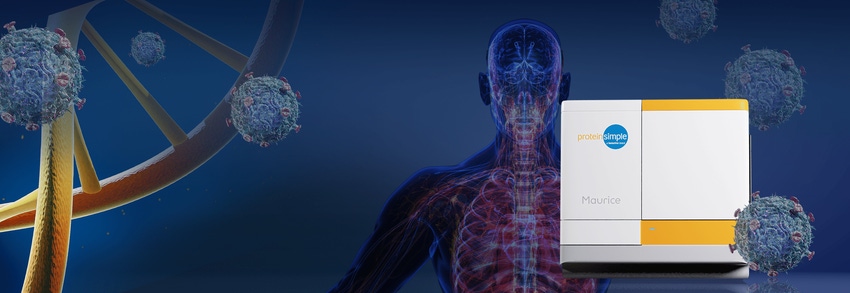Voices of Biotech
Podcast: MilliporeSigma says education vital to creating unbreakable chain for sustainability
MilliporeSigma discusses the importance of people, education, and the benefits of embracing discomfort to bolster sustainability efforts.
October 25, 2021

Sponsored Content
Looking for a hassle-free and rapid analytical method to detect full, partially filled, and empty Adeno-associated virus (AAV) capsids for your gene therapy development?
Viral capsid content can impact gene therapy product efficacy and is therefore considered a Critical Quality Attribute (CQA) that must be properly evaluated during the development and manufacturing of AAVs. Traditional analytical tools such as transmission electron microscopy (TEM), analytical ultracentrifugation (AUC), and ion-exchange chromatography (IEX) can be used to characterize capsid content but are complex and labor-intensive and pose challenges in data reproducibility, throughput, and scalability.
See how Maurice automates imaged-capillary isoelectric focusing (icIEF) for a reproducible and stability-indicating method for AAV characterization. In this Application Note, we explore the impact of stress on AAV charge separation profiles, gain key insights into DNA and protein packaging within the virus, and optimize the quality of AAV products for safer, more effective gene therapies.
You May Also Like